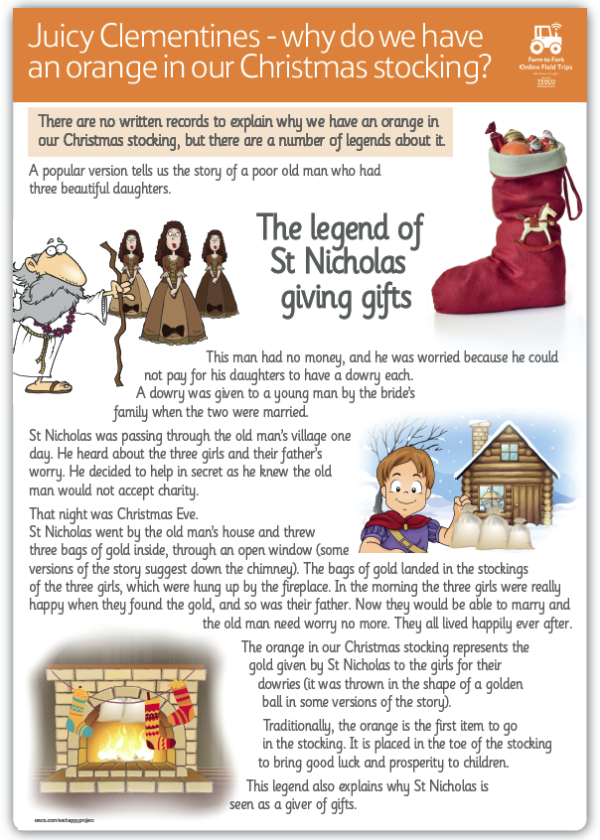1. History
Tell children a little about the history. Advent is a Christian tradition – a time of preparation and waiting for the celebration of the birth of Jesus. The word ‘advent’ comes from Latin and means ‘coming’.
Advent begins on the 4th Sunday before Christmas, but because the dates vary every year, calendars usually run from the 1st to the 24th December.
Many churches, schools and homes keep an advent wreath. They usually have four candles and each is lit, one at a time, on the four Sundays before Christmas.
2. Make your own calendars
Get children to make their own ‘window opening’ advent calendars.
- Choose 2 pieces of thin card of the size you would like.
- On one piece, draw the 24 windows. You might use a stencil for speed and accuracy.
- Using a craft knife, a cutting board, and with adult supervision, cut along the three sides of each window.
- Place your ‘window’ card on top of the second piece, so that children can make small marks where their pictures will go.
- Draw or stick festive pictures where each of the windows will open. (Children might cut pictures from old Christmas cards.)
- Stick the ‘windows’ card on top and decorate by adding numbers, pictures and glitter.
- (It might be useful to have tiny pieces of sticky tack to hand to keep some of the windows closed.)
3. Advent with a difference
Hang clean socks or small bags on a washing line and number them consecutively from 1-24.
Prepare a list of treats, write them on rolled-up paper and put them in the socks. Choose a pair of children to pick out the paper and read what it says to the class.
Suggestions might include:
- You may choose your favourite picture book for us to read together at the end of the day
- You may all have 5 minutes ‘Golden Time’ at the end of today.
- We will share satsumas/clementines at the end of the day. The FREE download sheets below explain where the tradition to have oranges in stockings may have come from.
-

-






